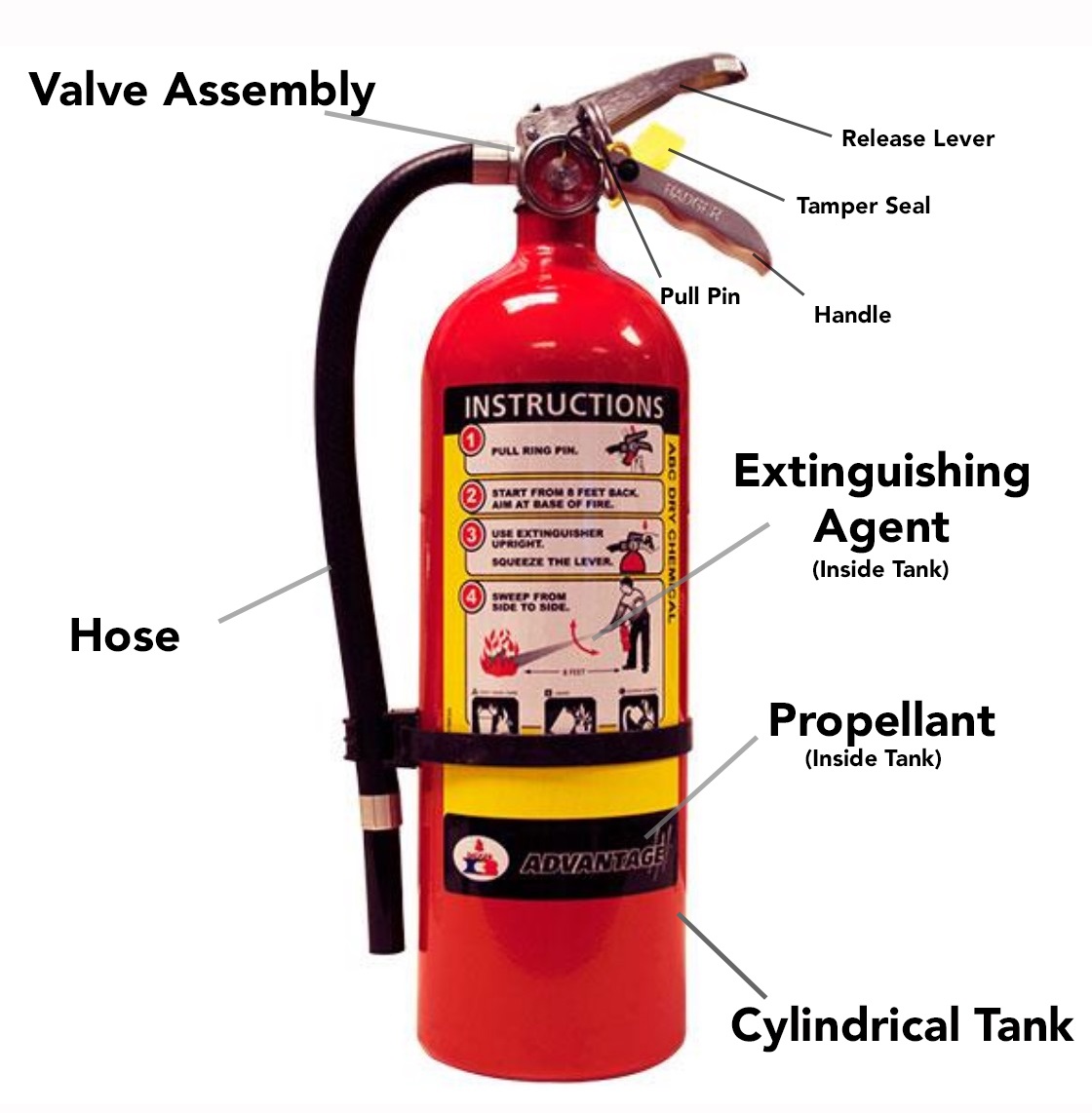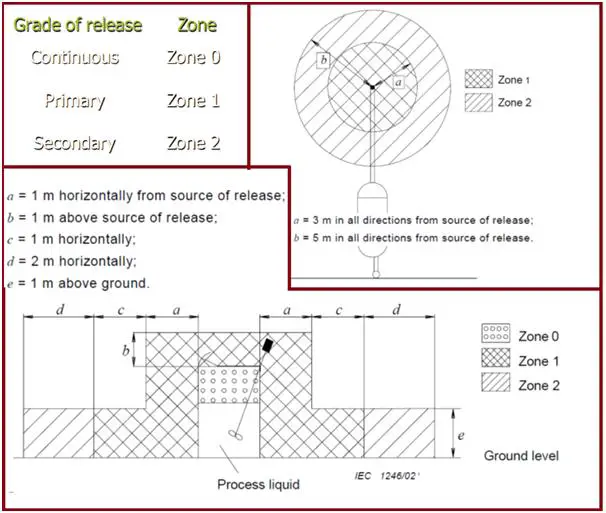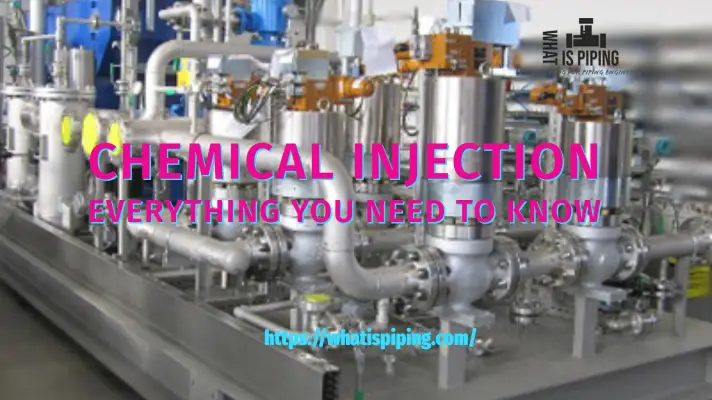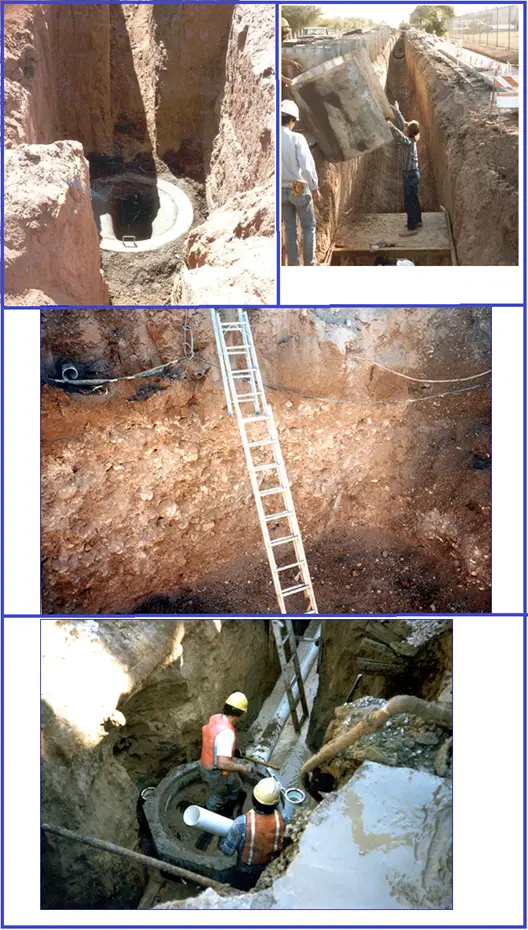An MSDS or Material Safety Data Sheet is a technical document containing detailed and comprehensive information on the potential hazards related to health, fire, reactivity, emergency, and environmental issues. MSDS is an essential health and safety program that focuses on safe working with chemicals, hazardous materials, medical waste, or other toxic materials. The material data sheet provides all the hazard or safety information on the storage, use, handling, and emergency procedures of the material. These are mostly prepared by the manufacturer or supplier of the product and tell about the hazardous effects of the chemical, their safe usage procedure, handling information in case of accidents, etc. MSDS follows the requirements of WHMIS (Workplace Hazardous Materials Information System) legislation, Canada, and OSHA’s Hazard Communication Standards (HCS). The main purpose of this document is to assist employees in understanding and interpreting this type of information.
As per the requirement of the Hazard Communication Standard (HCS), the manufacturer, distributor, or importer of chemical products should provide Material Safety Data Sheets for each hazardous chemical to all downstream users. These MSDSs are specific to each individual chemical covering all reasonably anticipated uses of the material. The information furnished in an MSDS is normally general in nature but is organized into either 9 or 16 sections.
Suppliers and Employers’ Responsibilities related to MSDS
It is the responsibility of the chemical suppliers to obtain or develop an MSDS for each product to be used in the workplace. They must ensure that the MSDS for the specific product contains the latest information during the time of sale (not older than 3 years).
Similarly, the employer should confirm that he receives an up-to-date latest MSDS from the supplier. They should maintain the MSDSs and ensure that a copy of the same is readily available for the workplace. They need to train their employees regarding the procedures of safe use, storage, handling, and disposal of those chemicals.
Difference between MSDS and SDS
Safety Data Sheet or SDS is the latest updated form of earlier MSDS. This transition from MSDS to SDS came into effect from May 2012 onwards. The main differences between SDS and MSDS are
- SDS format provides more in-depth information as compared to MSDS and consists of sixteen sections providing specific information using a standardized classification method. Earlier MSDS used to have nine categories which have been replaced by 16 sections in SDS.
- MSDS was mainly meant for Canada whereas SDS is applicable on a global level following a Globally Harmonized System of Classification and Labelling of Chemicals (GHS).
- By changing from MSDS to SDS, information is now produced in a standardized, user-friendly way.
- With respect to the legal implications, An SDS adheres to all of the major regulations on hazardous materials and is a safer document to use.
Contents of an MSDS
MSDS formats can vary from source to source within a country depending on national requirements. However, A material safety data sheet is normally organized into sixteen sections. Sections 1 through 8 give general information regarding the chemical, its identification, composition, hazards, safe handling practices, and emergency control measures. While Sections 9 through 11 and 16 contain other relevant scientific and technical information. An MSDS is reviewed every three years.
MSDS Categories
There are nine categories in an MSDS that include the following:
- MSDS Category 1-Product Information: product identifier (name), manufacturer and supplier names, addresses, and emergency phone numbers.
- MSDS Category 2-Hazardous Ingredients.
- MSDS Category 3-Physical Data.
- MSDS Category 4-Fire or Explosion Hazard Data
- MSDS Category 5-Reactivity Data: information on the chemical instability of a product and the substances it may react with.
- MSDS Category 6-Toxicological Properties: health effects.
- MSDS Category 7-Preventive Measures.
- MSDS Category 8-First Aid Measures.
- MSDS Category 9-Preparation Information: who is responsible for the preparation and date of preparation of MSDS.
SDS Sections
There are sixteen sections of any SDS. Those are:
- SDS Section 1- Product and Company Identification: In this section, the product identifier of the hazardous substance and its recommended uses are mentioned. It must also include the name, address, and contact information of the manufacturer, importer, or other responsible parties.
- SDS Section 2- Hazards Identification: The Hazards Identification section warns about the different ways of that chemical exposure and the harmful effects that it can have.
- SDS Section 3- Composition/information on ingredients: This section provides information on the composition of the substance and trade secret claims associated with it.
- SDS Section 4- First-Aid Measures: Necessary first aid information on accidental exposure of the chemical is mentioned in this section.
- SDS Section 5- Fire-Fighting Measures: Recommendations for fire events caused by the chemical are provided in this section.
- SDS Section 6- Accidental Release Measures: This SDS section provides guidance to minimize exposure to people or assets due to accidental spills, leaks, or releases.
- SDS Section 7- Handling and Storage: Safe handling and storage recommendations are detailed in this SDS section.
- SDS Section 8- Exposure Controls/Personal Protection: To minimize worker exposure, this SDS section provides information on the exposure limits, engineering controls, and personal protective measures.
- SDS Section 9- Physical and Chemical Properties: Various physical properties like Appearance, pH, Odor, Flammability, Flash Point, Density, Viscosity, Ignition temperature, etc are mentioned in this section of the SDS.
- SDS Section 10- Stability and Reactivity: Data related to the chemical stability and reactivity hazards of the chemical is described in this section.
- SDS Section 11- Toxicological Information: Toxilogical and health impacts are mentioned in this section.
- SDS Section 12- Ecological Information: This section guides the information on the environment in case of the release of the chemical.
- SDS Section 13- Disposal Considerations: To reduce potential exposure, this section suggests proper disposal practices and safe handling methods.
- SDS Section 14- Transport Information: Information related to transport hazard class, packing group number, bulk transportation, precautionary measures, etc are mentioned in this section.
- SDS Section 15- Regulatory Information: Safety, health, and environmental regulations of the specific chemical is identified in this section.
- SDS Section 16- Other Information: Information related to manufacturing dates, revisions, or any other useful information is added in this SDS section
Safety Data Sheets must be provided for:
- Chemicals (substances and mixtures) that are considered hazardous in accordance with Regulation (EC) No 1272/2008.
- Substances that meet the criteria as persistent, bio-accumulative, and toxic (PBT) or very persistent very bio-accumulative (vPvB) to the environment in accordance with REACH
- Substances that appear on ECHA’s Candidate List of substances of very high concern (SVHC) for a reason other than either of the two points above
- Mixtures (upon request of the downstream user/ distributor) which themselves are not classified under CLP but which contain at least one substance that is:
- classified as hazardous to health or the environment above concentration limits set out in Article 31(3) of REACH;
- a PBT or vPvB at a concentration ≥0.1% w/w;
- on the Candidate List of SVHCs at a concentration ≥0.1% w/w for a reason other than either of the two points above;
- assigned an EU limit value for exposure at the workplace (OELV).
What is in an MSDS?
A Material Safety Data Sheet or MSDS lists the hazardous ingredients present in a product. It provides a detailed report of the physical and chemical characteristics of a product and its effect on human health. MSDS also lists the chemicals which adversely react with the product. The precautions that need to be exercised while handling the product and the types of measures required to be used to control exposure, emergency, and first aid procedures, etc are also presented in an MSDS.
How do I get MSDS sheets?
MSDS related to the purchased product must be supplied by the manufacturer. In general, there are two options to get an MSDS. They are:
- An MSDS in form of a paper copy or e-mail attachment can be sent along with the product.
- Manufacturers can upload the MSDS to their websites for users to download from there.
Why is MSDS so important?
An MSDS is very important as it provides detailed information about the potential hazard that the product may cause. Knowing all such hazards beforehand will increase safety at the workplace.
Who is responsible for safety data sheets?
As per the Hazard Communication Standard, chemical manufacturers, distributors, or importers are responsible for providing the safety data sheets to the buyer.
Are MSDS required for all chemicals?
An MSDS is required for all potentially hazardous chemicals. However, if the chemical is not hazardous, it may be exempted. In general, all chemicals used at worksites that have any potential to cause hazards must have an MSDS.
Where can I get MSDS sheets online?
The online website of VelocityEHS contains the safety datasheets of all industry-leading chemicals. You can visit their website https://www.ehs.com/resources/sds-search/ and search as SDS using the product name, manufacturer, CAS, or Product Code.
Is MSDS required for shipping?
Yes, for all potentially dangerous items, an MSDS must be provided for every single shipment.
Why is it important to know your safety data sheet?
Knowing SDS is important because one must know the hazards of the products he is using. It will help him to protect himself during emergency situations.
What are the 4 main purposes of an SDS?
An SDS serves four main purposes. They are:
- Product and Supplier identification.
- Identification of the potential hazard related to the product.
- Prevention, and
- Response.
When should you read an SDS?
The SDS must be reviewed at least once every 5 years. It must add any new data as soon as they are available.
When did MSDS change SDS?
Effective from June 1, 2015, all Material Safety Data Sheets (MSDS) of potentially hazardous products are changed with new Safety Data Sheets (SDS).
How long do you need to keep SDS sheets?
OSHA standard, 29 CFR 1910.1020, requires all employee exposure records to be maintained for at least 30 years.
Online Courses on MSDS and Safety
To learn more details about MSDS and Safety you can opt for the following courses. Click on the subject below and review the course first and then enroll in the course.









Great article sir. Enjoyed reading
This Is an excellent información for share. Thanks Anup….